Welcome back to SurThrival Thrusday from a really, really cold Cheat Mountain! It’s currently one degree Fahrenheit up here today, so I thought it apt to write about dressing for the cold. Now this is a tricky thing to teach, as each person’s clothing system will vary based on how your individual body produces and retains heat, and how much you sweat when exerting yourself. Therefore, I’m going to go over the basics and take you through what Ivan, myself, and baby Griffin would wear on a day like this. Luckily Ivan and I have very different bodies that retain warmth in opposite ways, so seeing how we dress should cover a spectrum of gear.
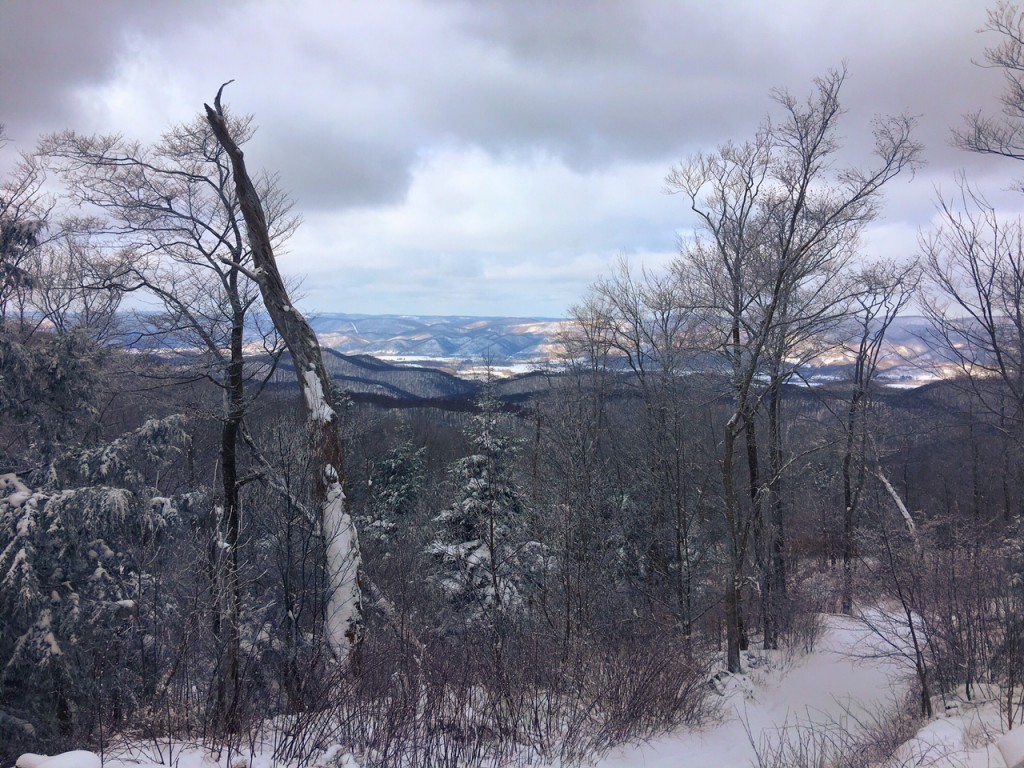
To begin with, avoid cotton: in the outdoor enthusiast community, we like to say “cotton kills”. Cotton is comfortable but can cost you dearly when your health and wellness depend on your clothing. The major flaw with cotton clothing is that it becomes cold when it’s wet; whether it’s wet from sweat, rain, or snow, cotton will leech heat away from your body. In extremely cold temperatures, the rule about cotton even includes your underwear. A few other fabrics to avoid include rayon, modal, viscose, tencel, and lyocell. These are all manufactured with cellulose fibers and preform similarly to cotton when wet.
The first principle of dressing for the cold is layering! You always want to wear several layers of clothing; it is the best way to stay warm and the only way to be able to adapt to your changing temperature needs on the go. There are three basic layers that all surthrivalists need to know: base layer, insulating layer, and shell layer.
Let’s start from the bottom with the base layer. This layer is the one against your skin; its function is mostly moisture control, staying dry means staying warm. Fabrics that are particularly good at wicking moisture away from your body are synthetics (such as polypropalene), animal fibers (such as wool), and silk. Hemp and bamboo fiber based clothing are also acceptable, but are commonly blended with cotton or rayon, so use caution when purchasing your clothing and read the label fully. You will likely want your base layer to cover your arms and legs completely. Whether it fits snuggly or loosely and just how thick it is are choices that you need to make based on your body and your activity level.
The next layer is your insulation. This is the trapped air space that keeps the heat which your body produces close to you. Your clothing doesn’t make you warm; your own body’s metabolism does that. The clothing that you wear simply does a better or worse job at keeping that heat near enough to you. Fleece is a good choice for this layer, its commonly available, lightweight, and fast drying. Other great options are wool and down. Just like your base layer, how thick and how tightly this layer fits is up to you and should suit your activity. In extremely cold temperatures you may want several layers of insulation.
Finally you need a shell. As its name suggests, this layer is your protection! It keeps out the wind, rain, and snow. In less extreme conditions, a shell is often left off, but in temperatures and wind chill like we are experiencing today on Cheat Mountain, a good shell is a must. You always want your shell to be loose and allow for many layers underneath. There are a lot of different shells out there, so I’ll try to cover the basic types. There are soft shells, hard shells, and insulated shells. Soft shells mostly emphasize breathability; they are lightweight and mostly water-resistant instead of water-proof. Hard shells emphasize water-proofing and are often non-breathable. You can find a water-proof and breathable shell, but they can be very expensive. Breathability is important if you will be exerting yourself enough to sweat heavily, and water-proofing is important if you will be exposed to rain/snow for long periods of time. Insulated shells can be either of the above with a layer of insulation built in. These are convenient, but not great if you expect changing weather conditions or a variety of activity levels.
Not included so far in this discussion has been how to dress your hands, feet, head and neck. You of course will want coverings for all of these body parts available to you, but how thickly you cover them is up to you. My recommendation for your feet is to have warm wool socks, a thickness of your choosing, and waterproof boots whose height is appropriate to the snow cover. If your boots are short make sure that your waterproof pant layer has a gasket that you can tighten over your boots or that you acquire gators. Gators are a waterproof sleeve that covers your boots and extends up to your knees to protect any gaps in your clothing. For your hands you should experiment to see if gloves or mittens are better for you. Mittens are the warmer, if less dexterous, option. You can also use glove liners inside of larger gloves to make them warmer. I always recommend waterproof hand coverings in the snow. Finally for your head and neck you may want a hat, scarf, ear warmers, a full face mask, or even goggles. It is unlikely that your hats will need to be waterproof, but if you anticipate active precipitation having a waterproof hood on your shell is a good idea.
Now, in no way am I advising that you go buy a bunch of new clothing as its usually unnecessary. My goal here is to explain the purpose of each layer and the type of clothing that functions in that way so that you can use whatever clothing you have to be best advantage on a cold day!
For an idea of what all of this means, Ivan and I have put together what we are planning to wear outside today. Today it is not actively snowing, but it is extremely cold and we have around 6 inches of snow on the ground. Ivan’s clothing array is probably the absolute least amount of clothing that anyone would ever wear on a day such as today. He sweats easily and profusely, even a gentle activity has his body producing massive amounts of heat and moisture. Unless he is going to be totally sedentary, Ivan often skips the insulation layer entirely so as not to overheat and produce too much moisture. His hands and feet however have poor circulation. He nearly always wears his warmest options to maintain proper warmth in those areas. For example, today he will be wearing glove liners inside of very insulated, waterproof mittens. I, on the other hand, usually dress fairly warmly. I almost never skip an insulation layer. My hands and feet however have great circulation. I usually wear a mid-weight waterproof glove and mid-weight or light-weight socks. I’m also posting Griffin’s clothing for today too! Mostly for fun, but a good example of clothing for someone who will be totally sedentary on a very cold day. Keep in mind that we carry him against our bodies and under our shells, so that we may share our warmth with him.
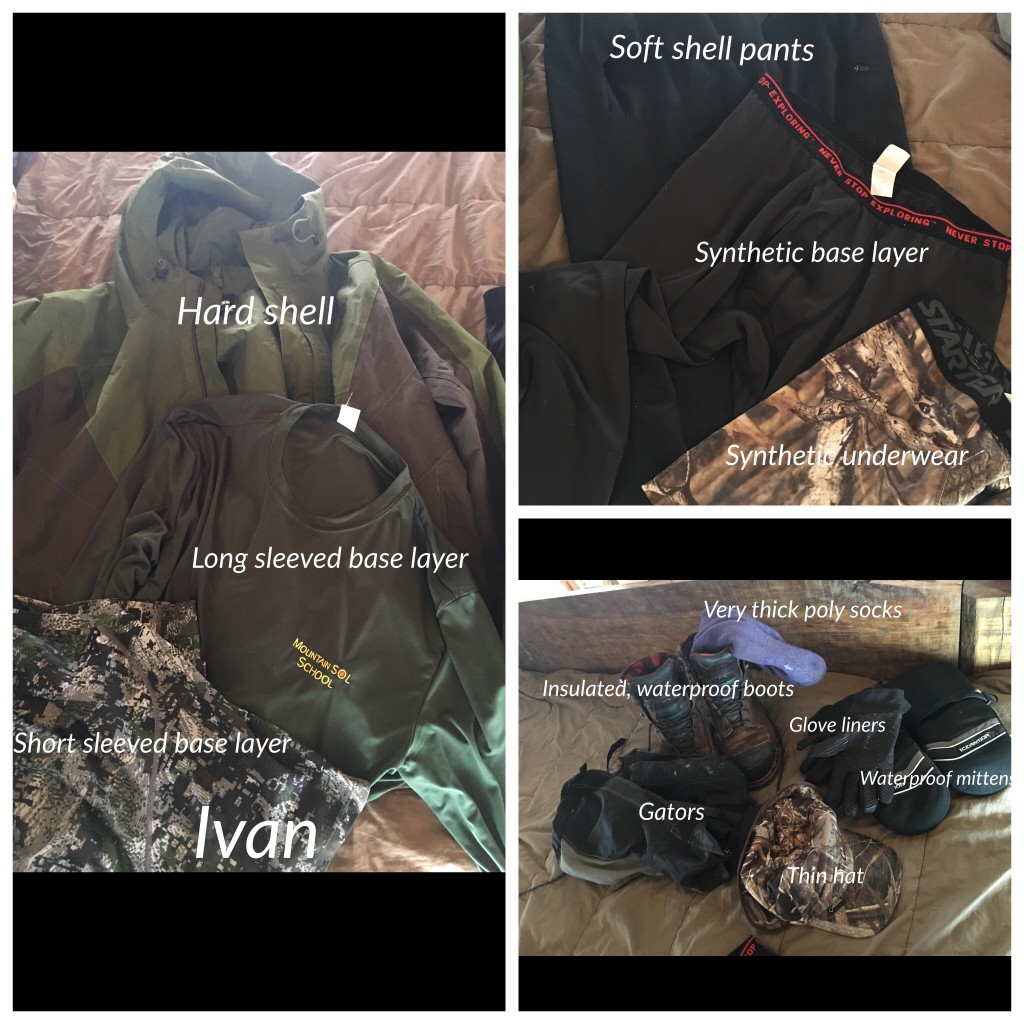
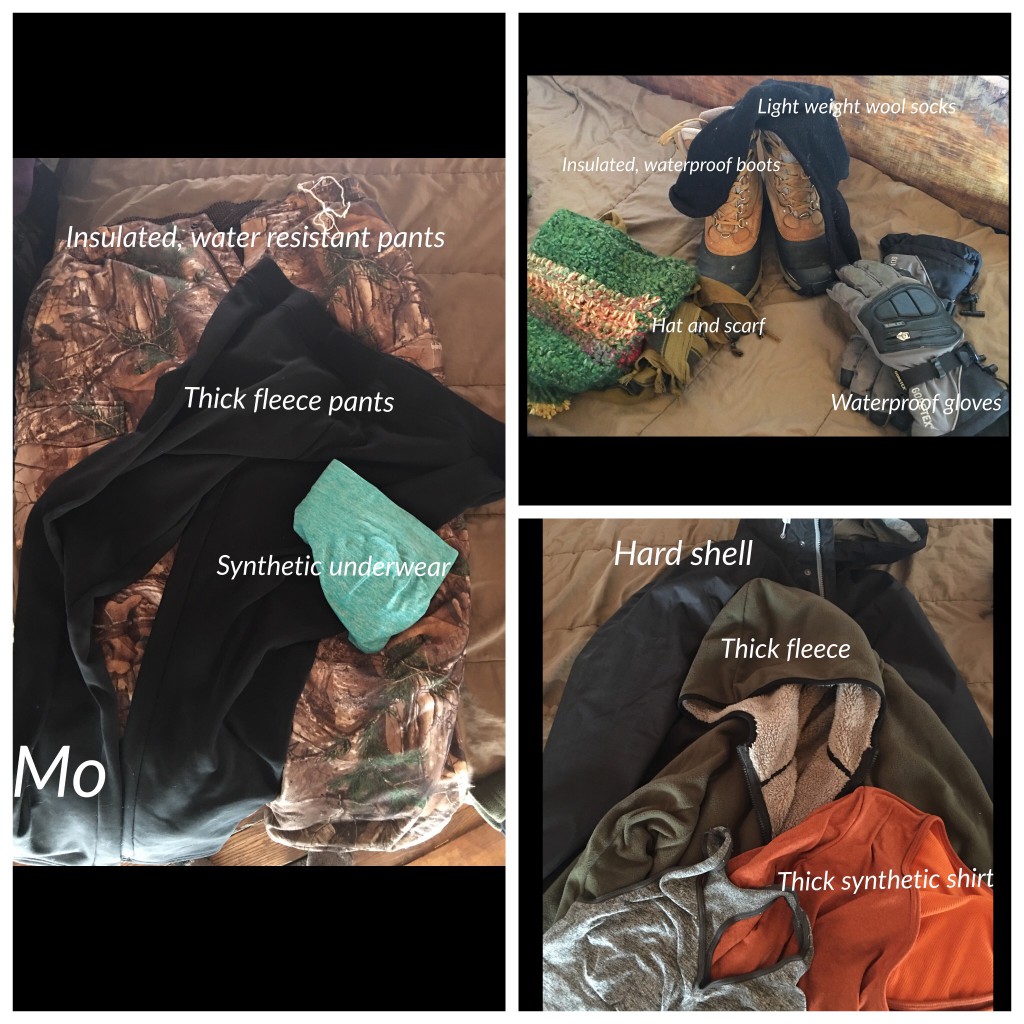
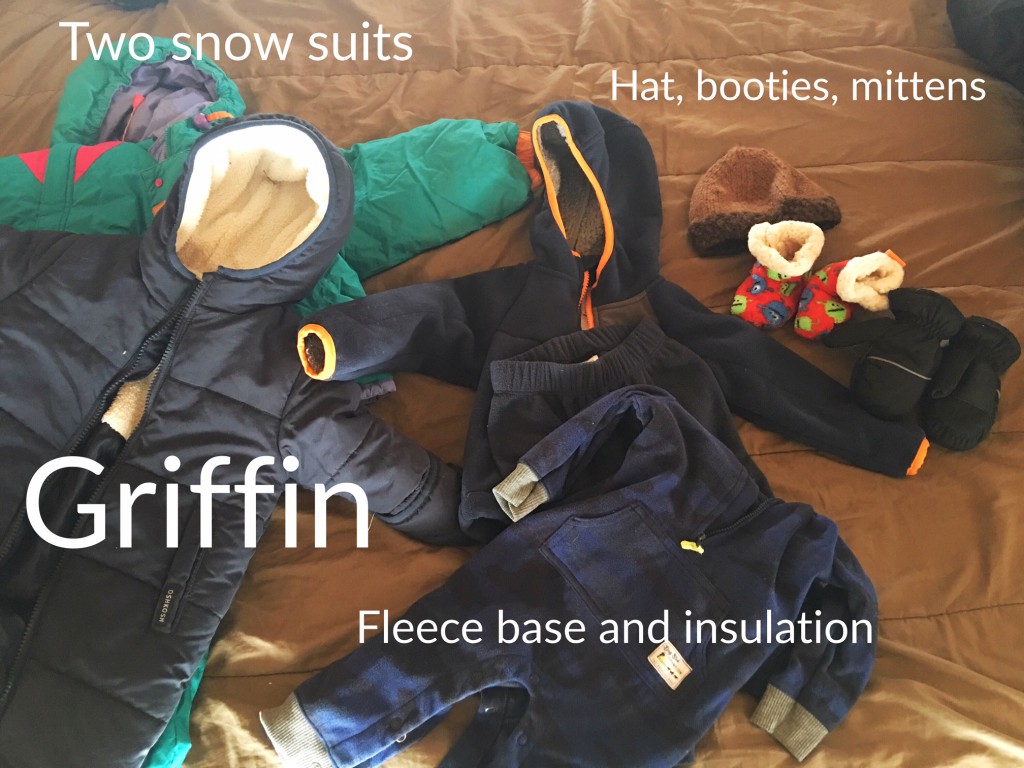
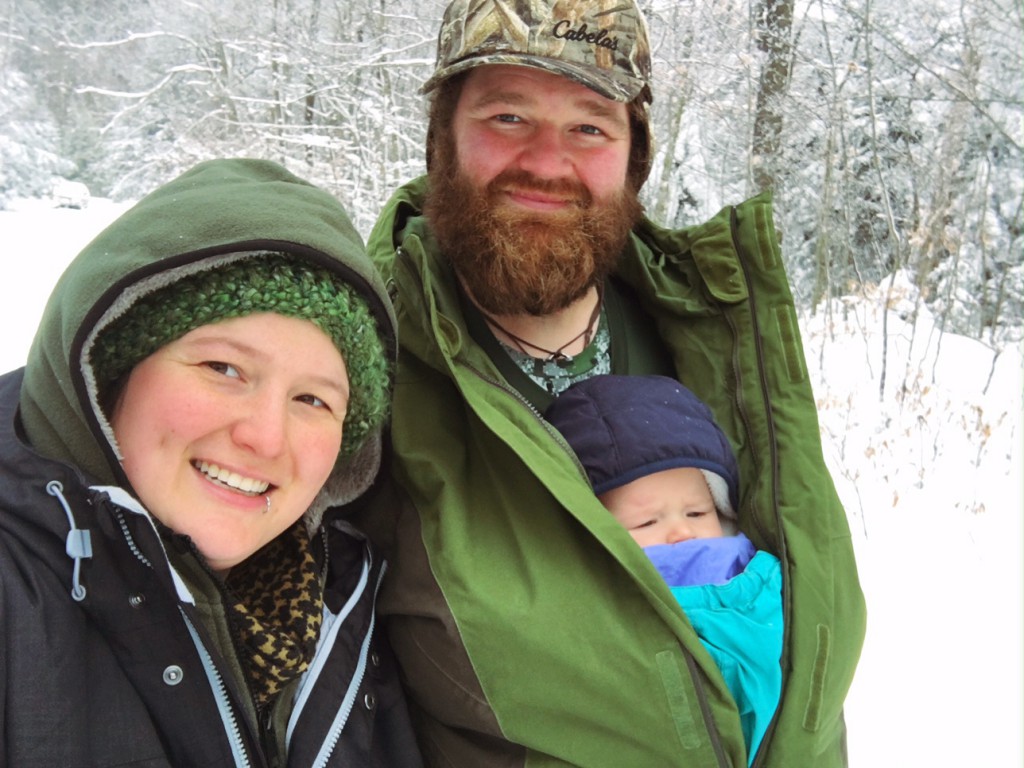
That’s all from Cheat Mountain today, make sure to check out the next installment of SurThrival Thursday!


Comments are closed.